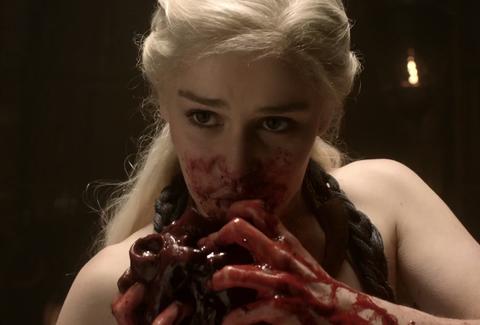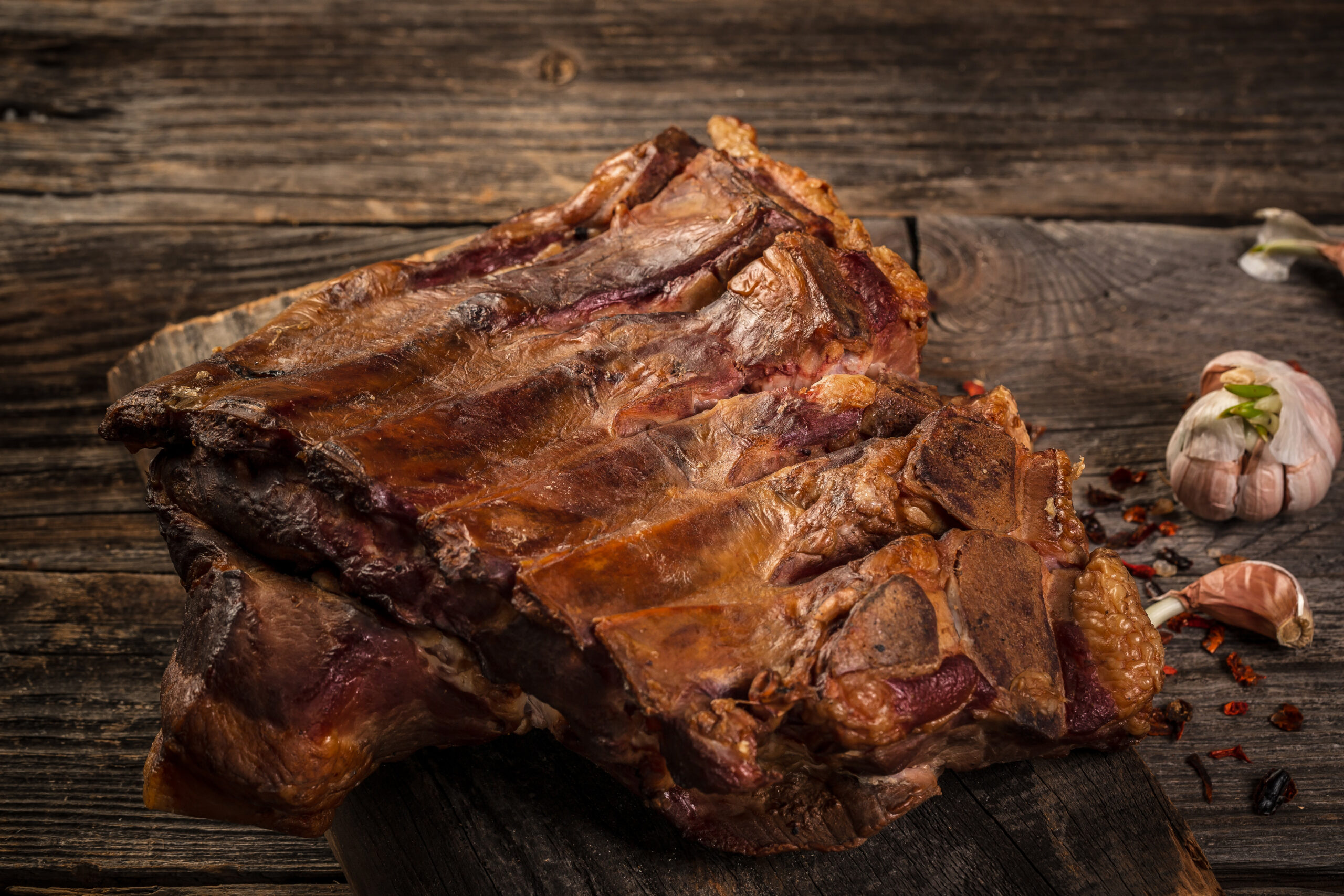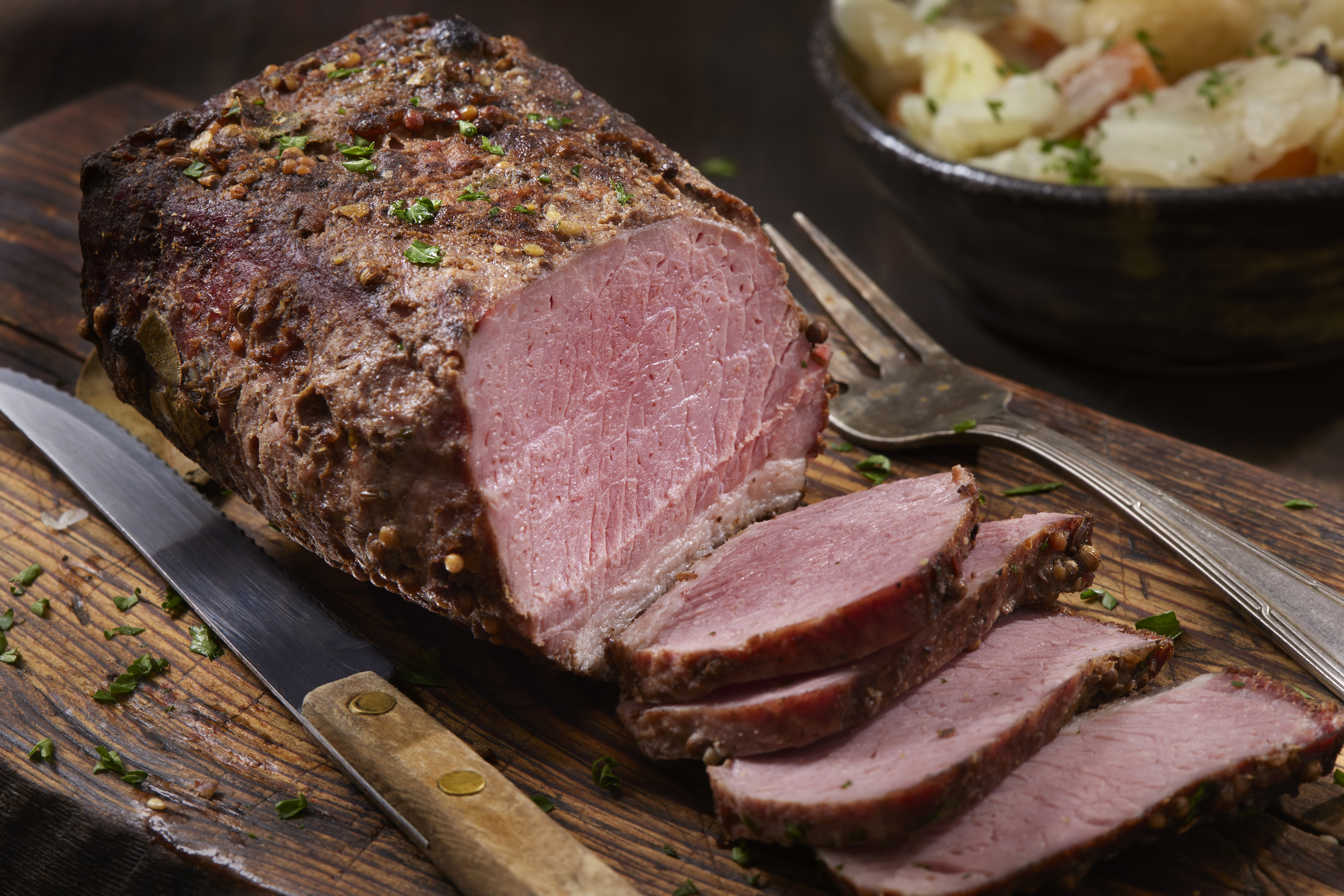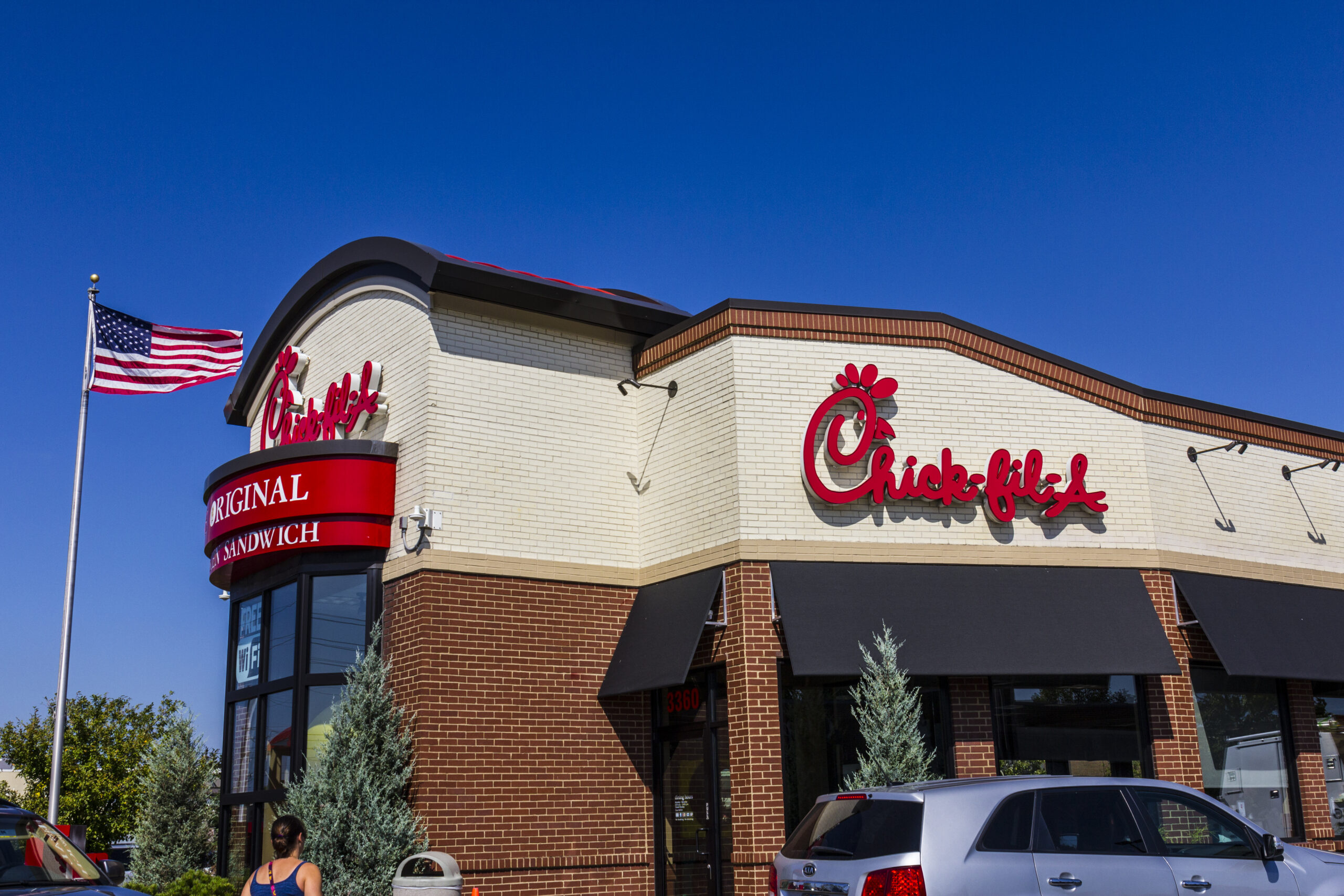Game of Thrones food is a spectacle within itself. We can’t help but compare and contrast the food to what people ate during the Middle Ages.
Rancid Meat Stew
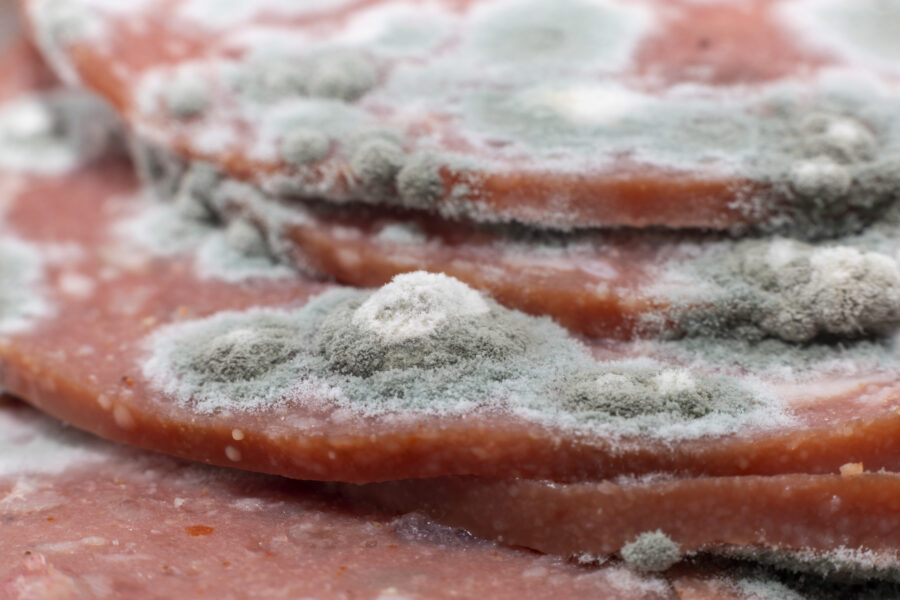
During the medieval period, the poor often ate meat stews. These stews were made with whatever ingredients were available, from veggies to discarded cuts of meat.
This was likely the inspiration for the stews at at Castle Black, which are made of cheap and rancid meat. The slimy stews often have unidentifiable meat.
It’s no secret money’s tight for the Night’s Watch. Jon Snow is typically seen eating the rancid stews with stale bread. No wonder he’s always brooding.
Pork Pie
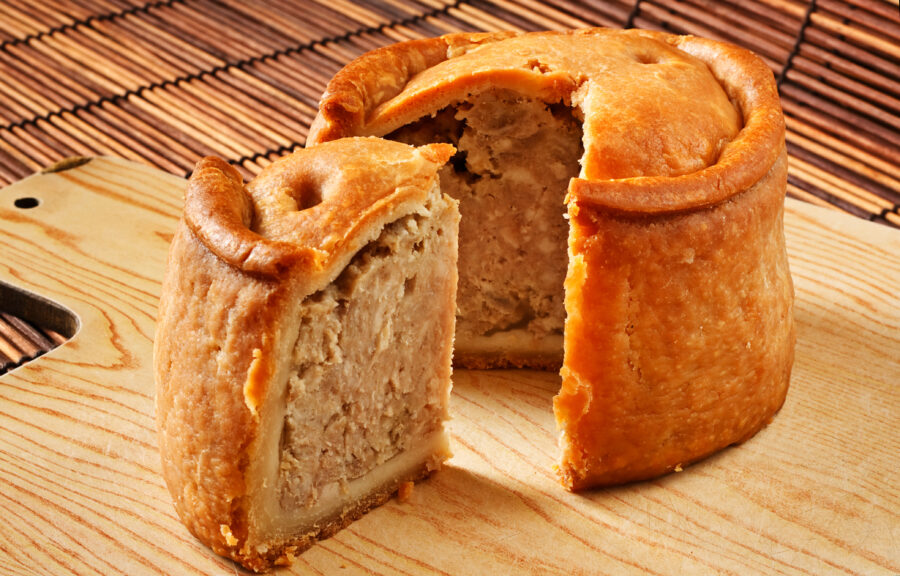
While the Night’s Watch basically lives off rancid stews, they’re occasionally chowing down on pork pie. Meat pies were major staples during the Middle Ages.
Sam seems to be a fan. In A Clash of Kings, he says, “If I could fly, I’d be back at Castle Black eating a pork pie.”
Pork pies are exactly what they sound like, unlike some other Game of Thrones food. You can eat them cold, though the Night’s Watch probably eats them hot.
Direwolf Bread
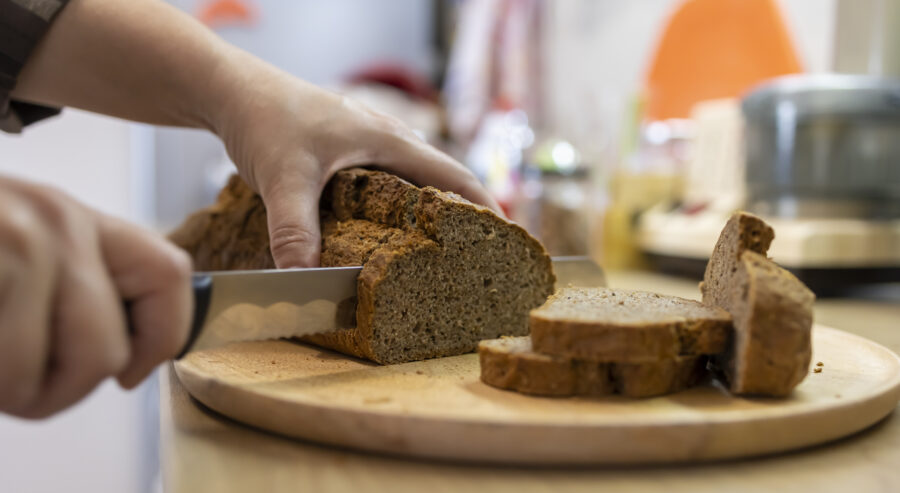
Hot Pie, Arya Stark’s orphan companion, was a baker’s apprentice before being recruited for the Night’s Watch. He spends some time on the run with Arya and Gendry.
He eventually decides to work as a baker at the Inn at the Crossroads. When Hot Pie parts ways with Arya, he bakes her a direwolf-shaped bread.
While bread was a staple during the Middle Ages, something tells us direwolf-shaped bread is more of a Game of Thrones food! Brown bread was common at the time.
Oysters, Clams, and Cockles
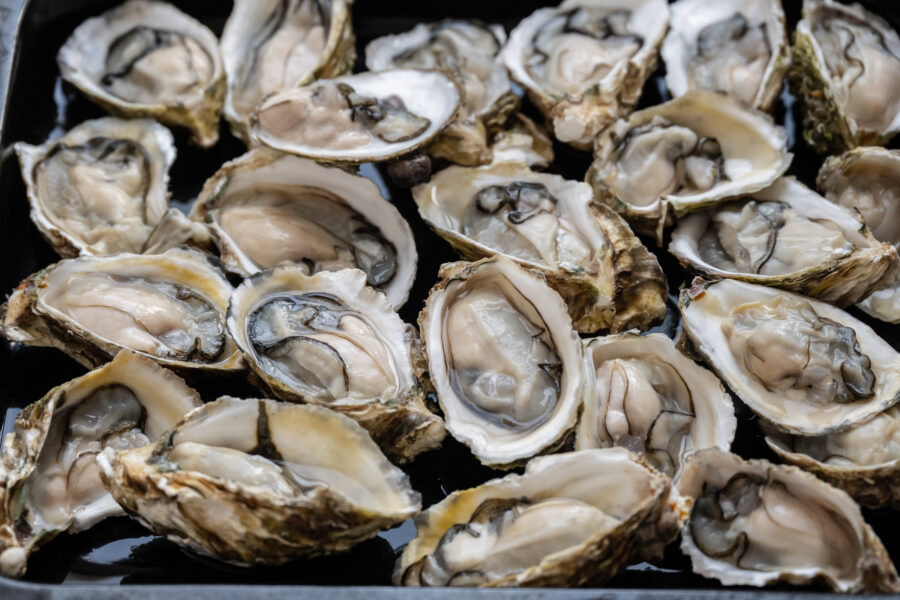
In Season 5, Arya Stark is sent on a mission to assassinate the “Thin Man.” She poses as “Lanna,” an orphan shellfish seller.
As she wanders around the Braavos, she calls out, “Oysters, clams, and cockles!” Cockles, if you didn’t know, are a type of mollusk.
Like pork pies, shellfish were eaten during the medieval period. Folks also ate a lot of crab and mussels, though the most commonly eaten seafood was freshwater fish.
Creamy Fish Stew
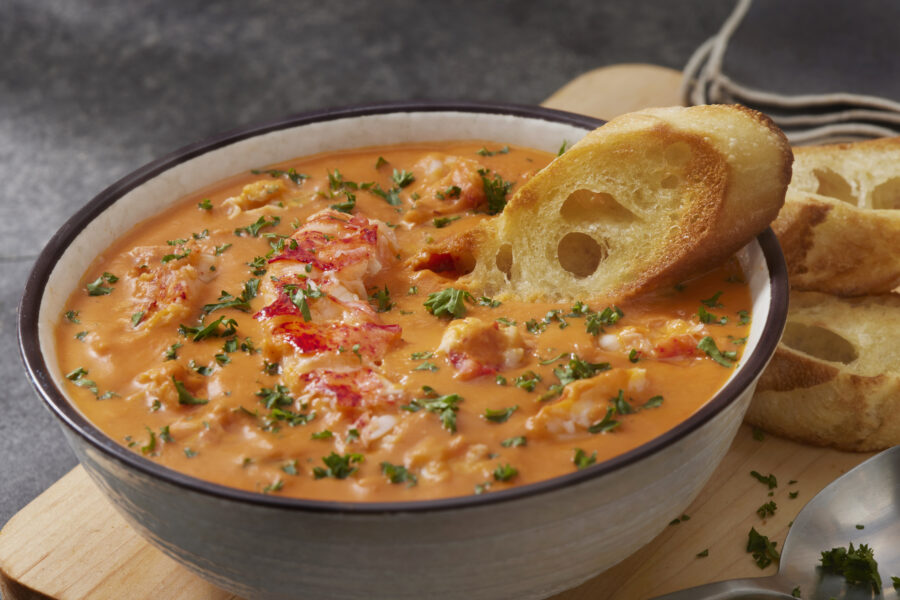
In A Clash of Kings, Theon’s welcome home feast in Pyke involves a creamy fish stew. We’re sorry to say it, but it’s far from appealing.
It’s served in bread trenchers, or flat pieces of bread used as plates. According to the book, the only thing Theon ate was an onion pie.
It’s safe to say the fish stew wasn’t his favorite! This dish is similar to the fish and eel soups of the Middle Ages.
Lemon Cake
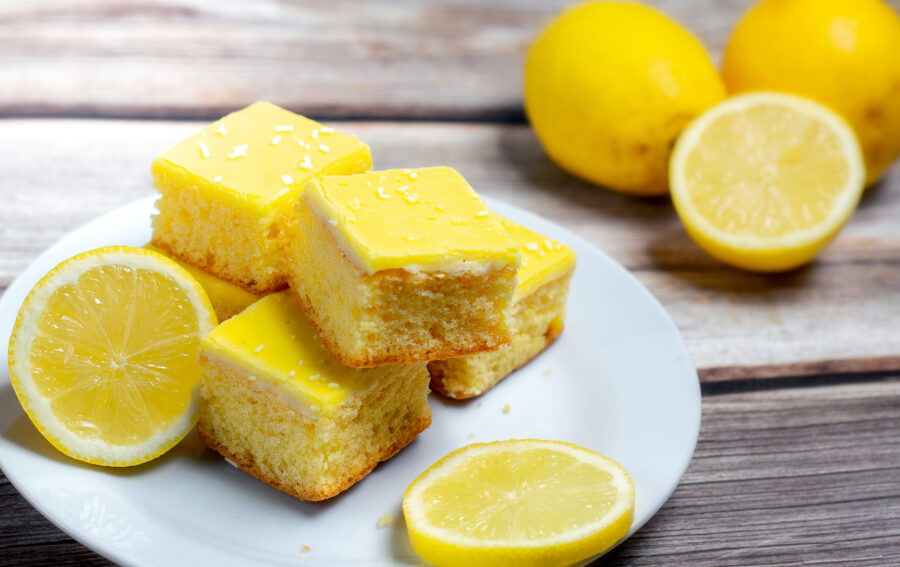
Sansa Stark is known for loving lemon cakes. After all she’s had to put up with, she deserves all the lemon cakes in the Seven Kingdoms.
Lemon cakes are only enjoyed by wealthy nobles. Thanks to their small size, lemon cakes are perfect to nosh on while you’re gossiping about Joffrey.
Fine cakes and fruity desserts were popular during the medieval period. However, it’s not clear if lemon cakes were as prevalent as they are in Game of Thrones.
Pigeon Pie
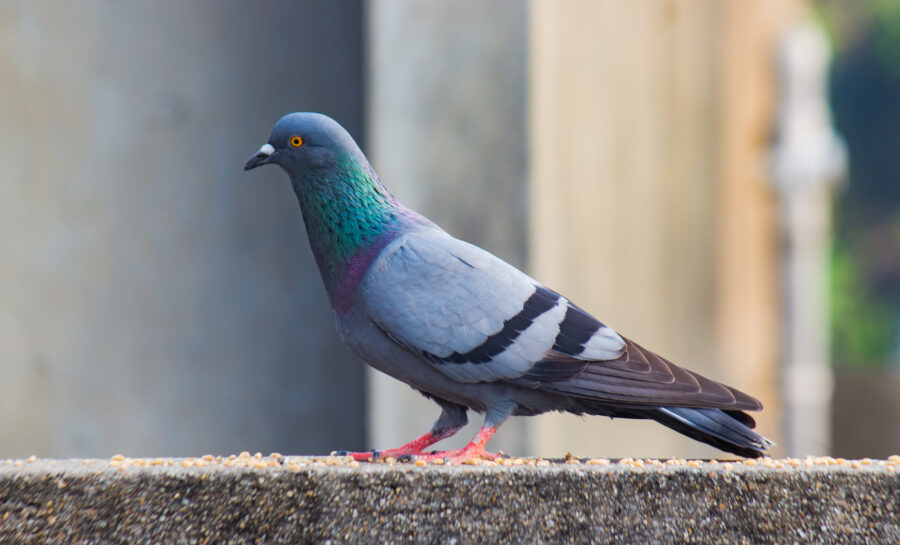
In the Seven Kingdoms, the upper and lower classes both eat pigeon pie. Smaller pies are typically served at regular dinners. However, fancy events call for fancier pies.
When it comes to lavish wedding feasts, the pie is large enough to feed all of the wedding guests. In season 4, the pie was filled with live pigeons.
We saw Joffrey slice it open at his wedding. This is also based off real medieval food, as pigeon and other birds were often consumed.
Iced Milk with Honey
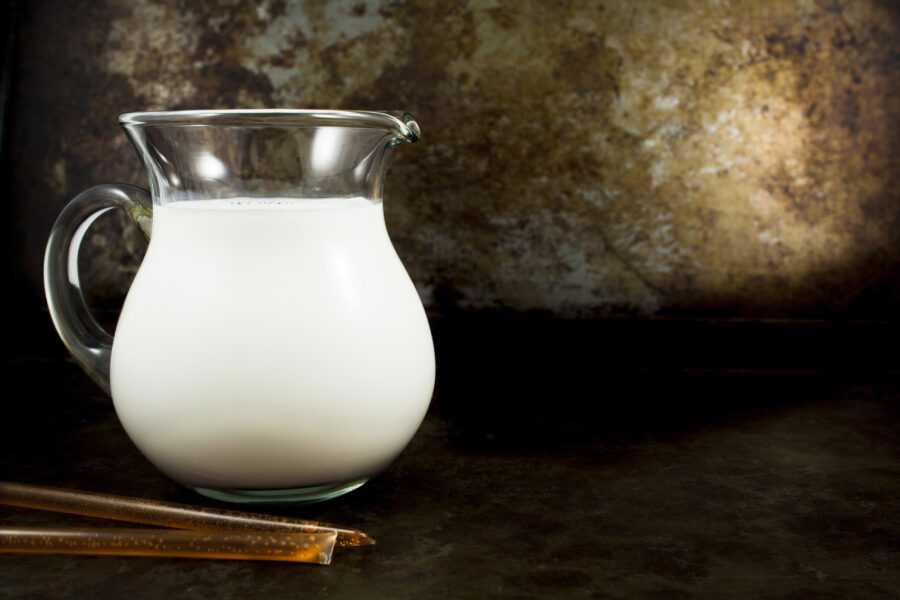
We learn about this drink in A Game of Thrones, when Grand Maester Pycelle offers Ned iced milk sweetened with honey. Pycelle finds this drink to be refreshing.
This drink actually sounds pleasant, especially after thinking about slimy meat stews. But in the real Middle Ages, dairy milk wasn’t usually consumed.
The lack of technology meant that it could easily spoil. As a result, most people drank almond milk instead. Turns out nut milk isn’t a modern fad.
Lamprey Pie

If you thought pigeon pies were cringe-worthy, think again. Lampreys are creepy eel-like fish that suck the blood from larger, bigger fish. Lovely.
They also have suction cup-like faces that will literally haunt your dreams. In both Game of Thrones and the real medieval period, lampreys were enjoyed as an upper-class delicacy.
Lampreys are baked in spices and wine, then covered with a crust. We don’t think we have the courage to eat this Game of Thrones food.
Bowl of Brown
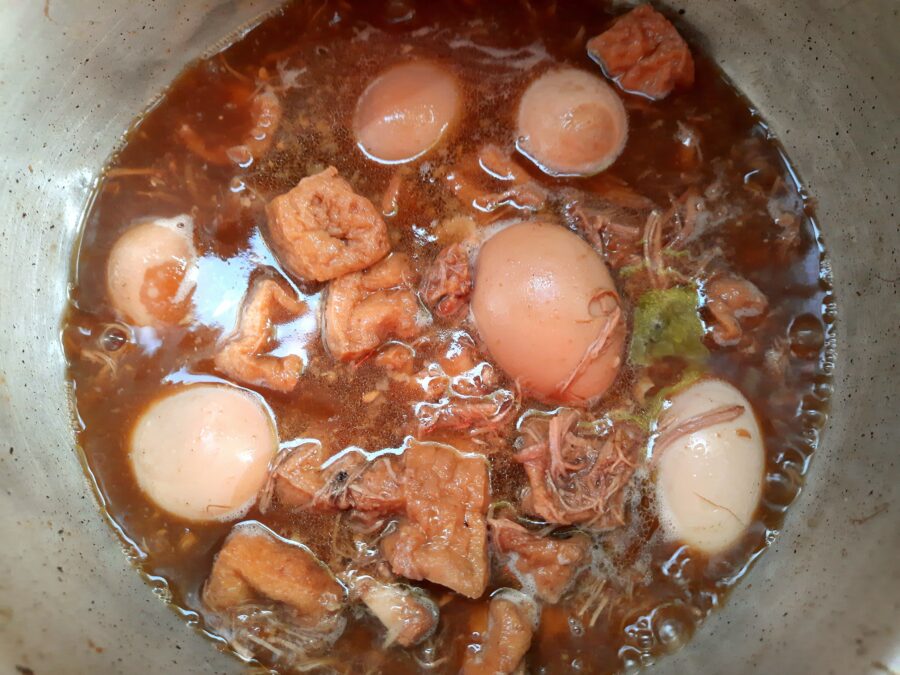
While the rich dine on pigeon pies and lampreys, the poor eat “bowls of brown.” The stew is a staple in Flea Bottom, the slums of King’s Landing.
This is made with whatever the cooks can find. It could have anything from pigeons to rats. When it comes to bowls of brown, anything goes.
The term “bowl of brown” is unique to Game of Thrones, but the concept is similar to medieval pottages. Pottages were made from whatever meats, veggies, and oats were available.
Horse Meat
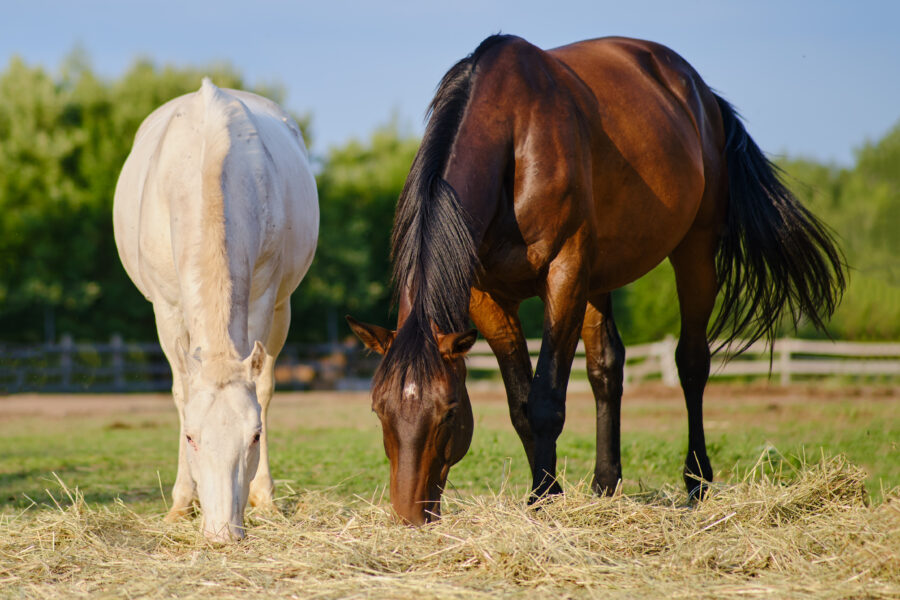
Over in Essos, the Dothraki diet revolves around horse meat. According to A Game of Thrones, roasted horseflesh is served with honey and peppers.
Side dishes include fruits, pastries, and sweetgrass stews. The Dothrakis also ferment and drink mare’s milk. Prior to the real Middle Ages, horse meat was actually consumed.
But as people converted to Christianity during the medieval period, the meat was rarely eaten. Medieval recipe cookbooks haven’t been known to include horse meat recipes.
Raw Horse Heart
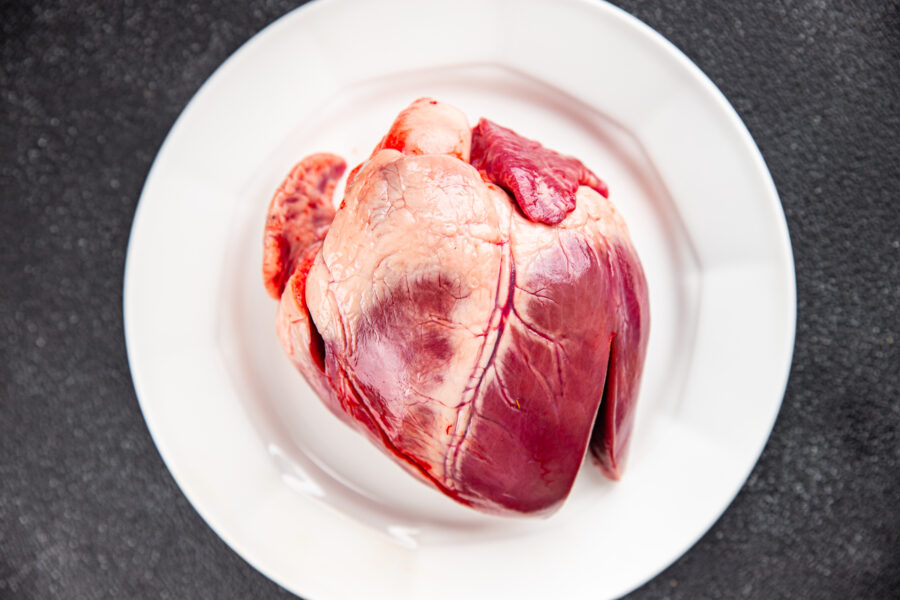
Considering horse meat is a staple of the Dothraki diet, this should come as no surprise. Daenerys consumed a raw horse heart, for crying out loud.
Dothraki legend has a reason for this. It states that if the pregnant Khaleesi can eat (and keep down) a raw heart, her son will be strong.
Raw horse heart is only a Game of Thrones food. Well, hopefully. Even if there were a few medieval people who did it, we don’t know about it.
Sweet Pumpkin Soup
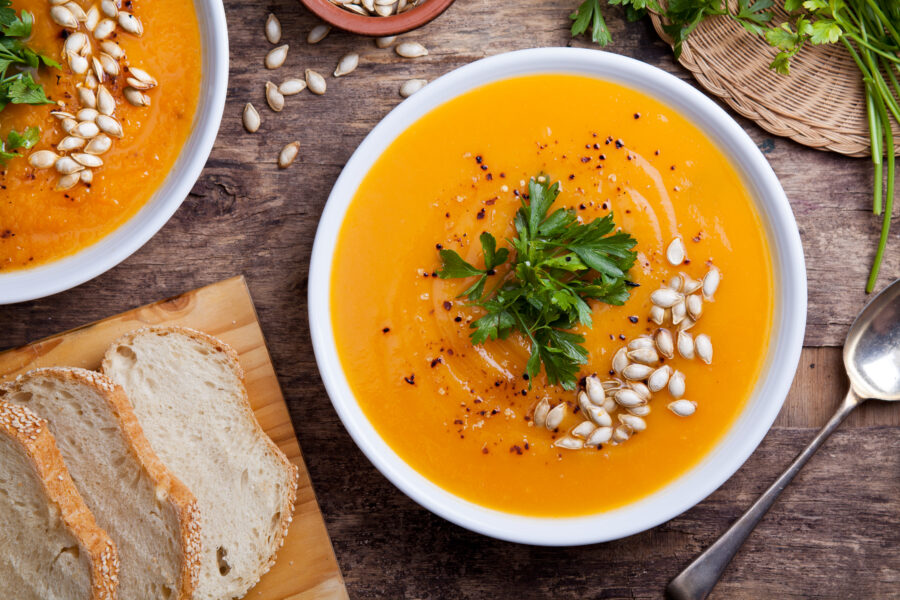
OK, now this sounds good! Finally, a food that we could actually stomach. In A Game of Thrones, Ned, Arya, and Sansa eat dinner in King’s Landing.
The meal consisted of a thick pumpkin soup, alongside ribs with herbs and garlic. We know King’s Landing can be dangerous, but we want an invite.
While vegetable soups were eaten during the Middle Ages, medieval Europe didn’t have that classic orange pumpkin. Back then, they had a gourd called a calabash.
Goat Cheese with Baked Apples
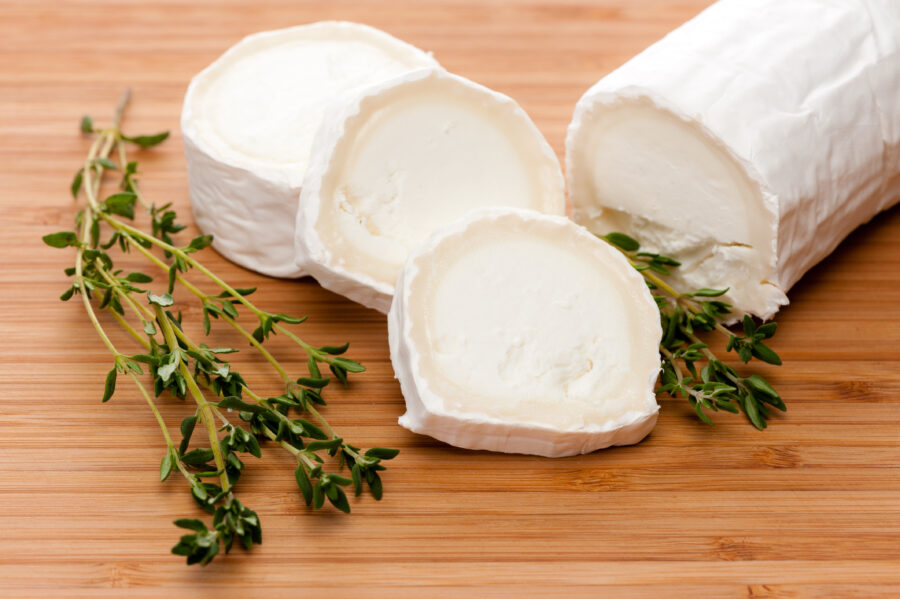
As part of Queen Cersei’s war feast, goat cheese is served with baked apples. Other dishes include crabclaw pies, mutton in bread trenchers, and broth.
There’s also a lot of wine, obviously. It’d be impossible to have a scene with Cersei without wine involved in some way. We’d dig in!
Cheese and apples were often enjoyed at real medieval feasts, so this dish is pretty spot on. Other medieval fruits included berries, pears, and figs.
Black Bread
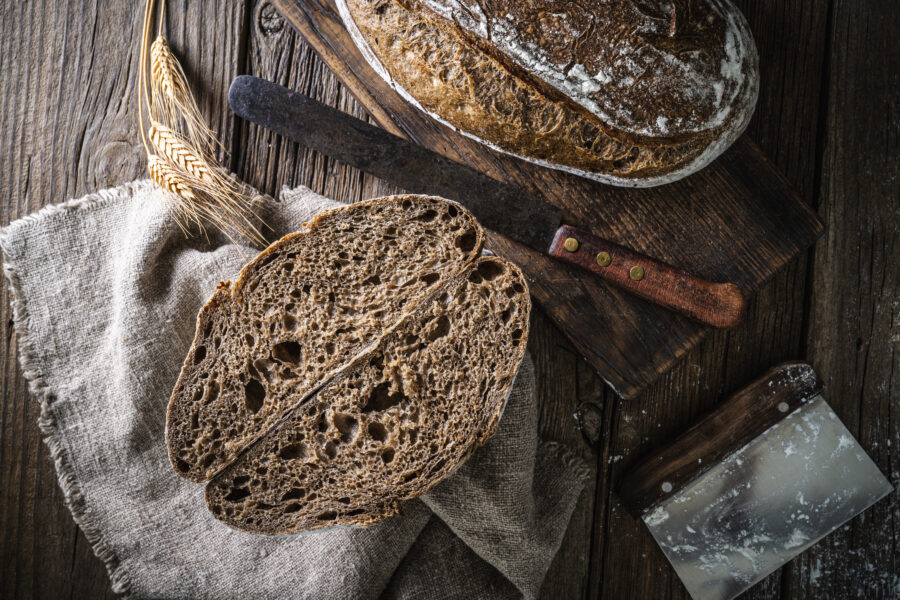
From Bran’s feast to Theon’s dinner in Pyke, black bread was mentioned several times throughout A Clash of Kings. It was also eaten by Jon and Sam at Castle Black.
We can’t help but wonder if it makes those rancid meat stews easier to stomach. The hearty bread probably made meals more filling, too.
Either way, this type of bread is reminiscent of medieval rye bread, which was a staple at the time. We could go for a loaf right now.
Turnips and Butter
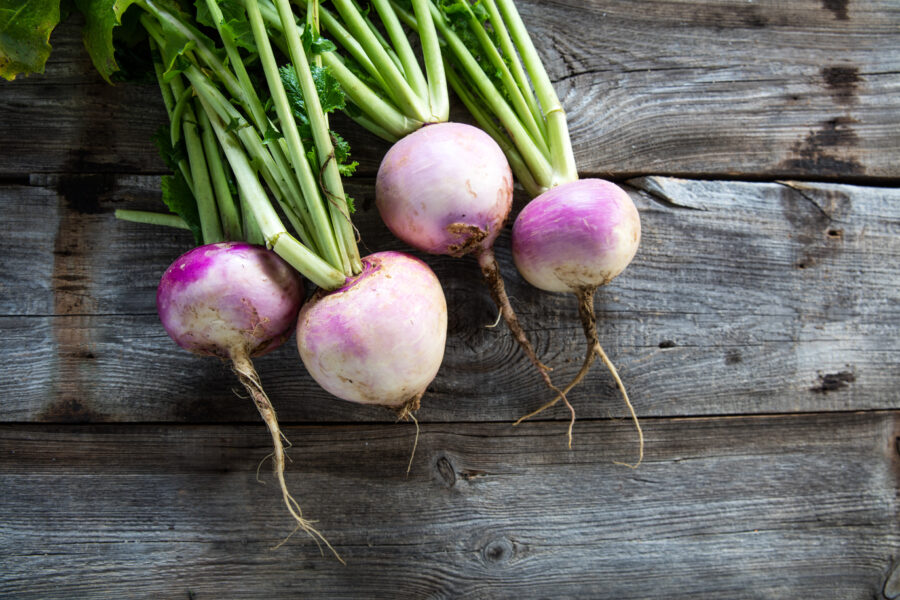
In A Game of Thrones, there are also several mentions of turnips soaking in butter. This sounds just like turnip recipes that have been found in real medieval cookbooks.
Besides, who can say no to buttery veggies? We definitely can’t. In Game of Thrones, turnips and butter are typically served at feasts in Winterfell.
Turnips are hardy root vegetables that thrive in cool environments. Considering this, it makes sense that they’d be beloved in the North and served in Winterfell.
Honey Cakes
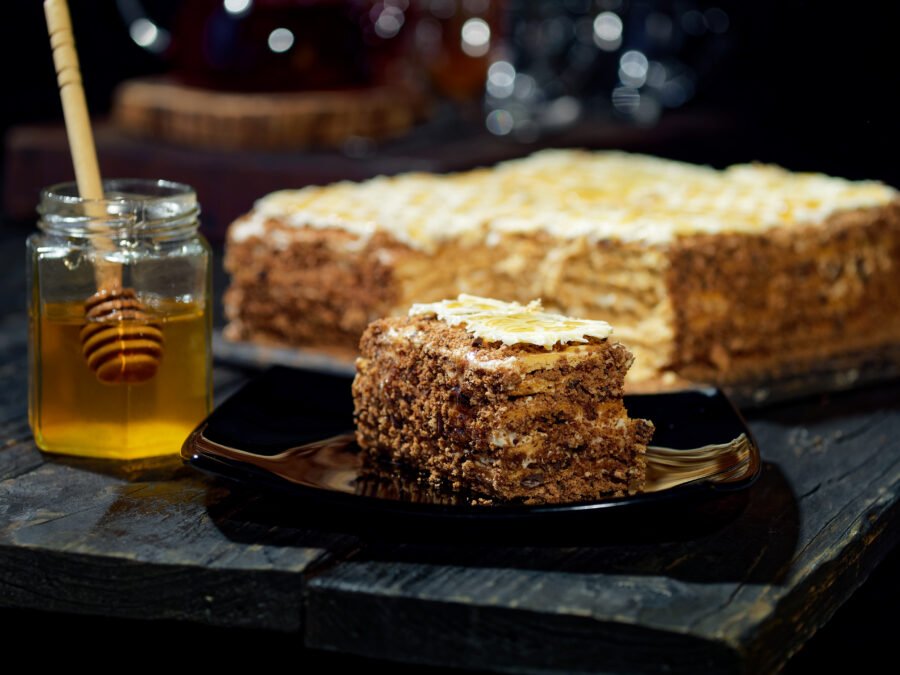
Honey cakes are briefly mentioned in A Game of Thrones. From what we can tell, this is definitely not a food that’s exclusive to the book series.
As far as honey’s been around, people have been making cakes with it. Sugar was a rare commodity, so people turned to natural sweeteners (like honey) instead.
Its most popular medieval incarnation comes from the 13th century. In the book, the cakes are soaked in honey, so it’s a little different from the real version.
Duck Sausage
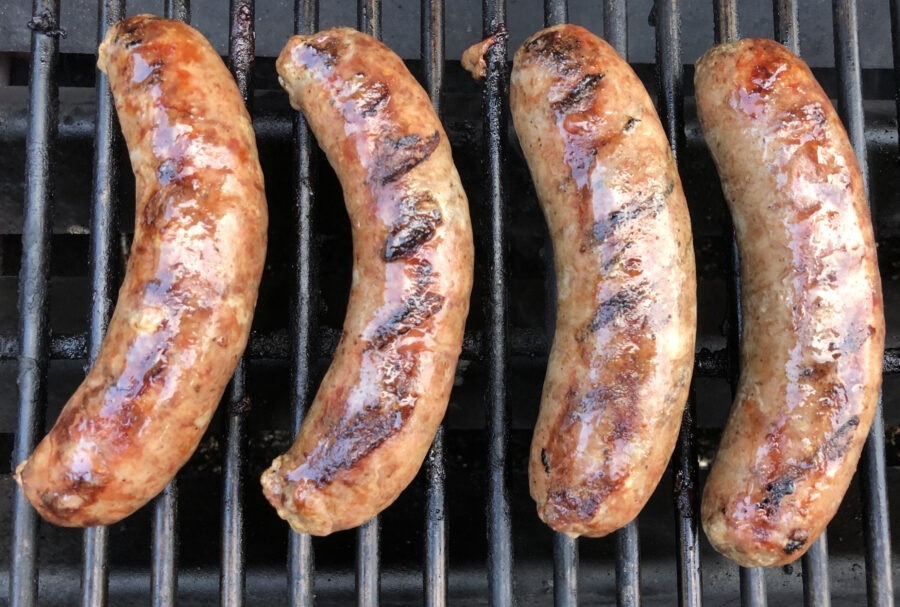
Duck sausages were mentioned in an episode of season four of the show. As we’ve seen from pigeon pie, the people of Westeros really like their poultry.
The same could be said of people living during the Middle Ages. Though they usually preferred to eat chicken, ducks were also eaten and domesticated.
People had also been eating sausages since the beginning of the medieval period, so it’s not a big leap to assume that people would make duck sausages.
Candied Plums
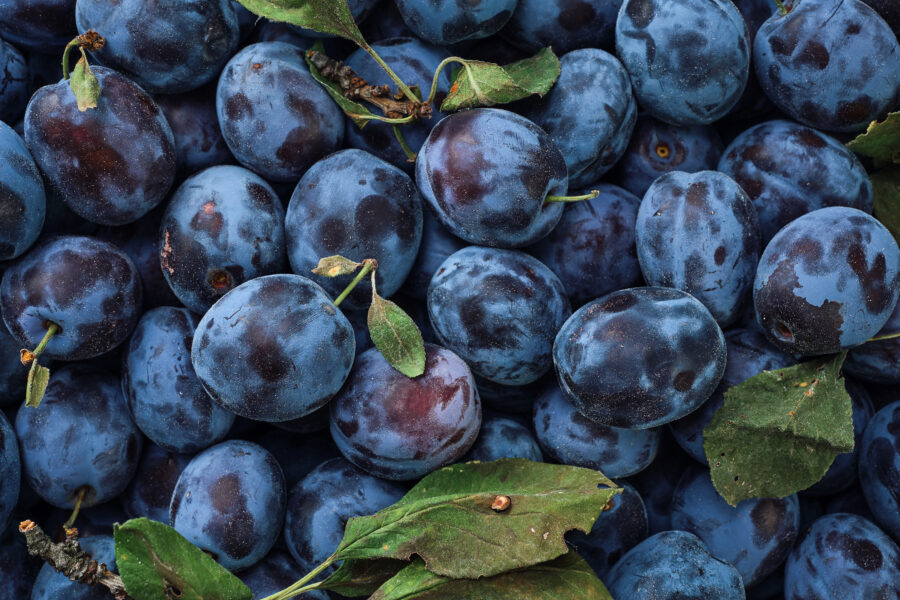
Qyburn, the “Master of Whisperers” in season six, offers these to Varys’s child spies. This specific dessert seems like a Game of Thrones food.
Fruit desserts were popular in medieval times. However, as we mentioned earlier, sugar was hard to get your hands on, and you need sugar to candy a plum.
These are not to be mistaken with sugar plums. Those are a totally different candy that actually have nothing to do with the fruit.
Kidney Pie
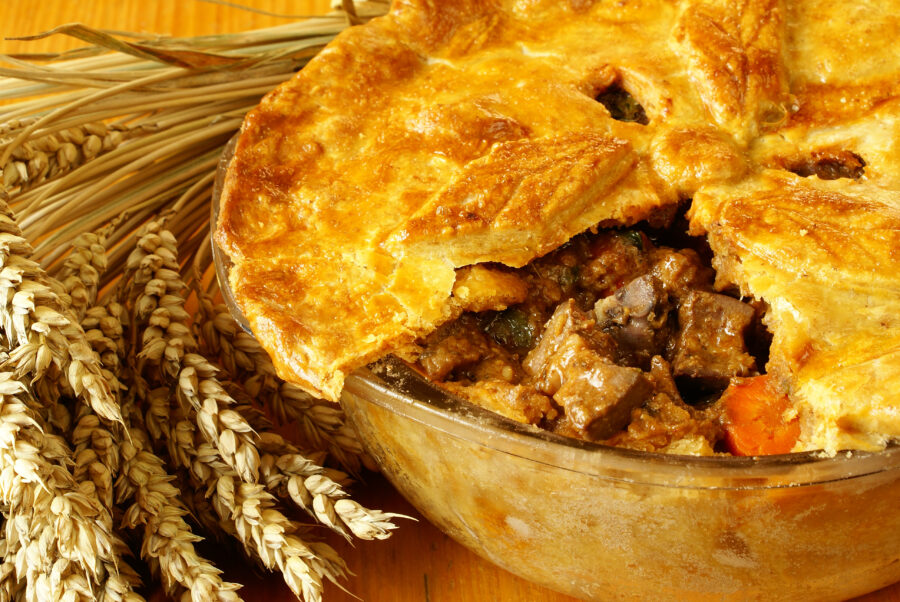
Hot Pie serves this classic dish to our favorite lady knight, Brienne of Tarth, in season four. Old Nan also made this for the Stark children.
According to Hot Pie, the key to a good kidney pie is “all in the ingredients.” Apparently, it’s very difficult to get your hands on good kidney meat.
True to the name, it requires a cow’s kidney. In England, steak and kidney pies are a classic, but they weren’t popular until the 19th century.
Rabbit Stew
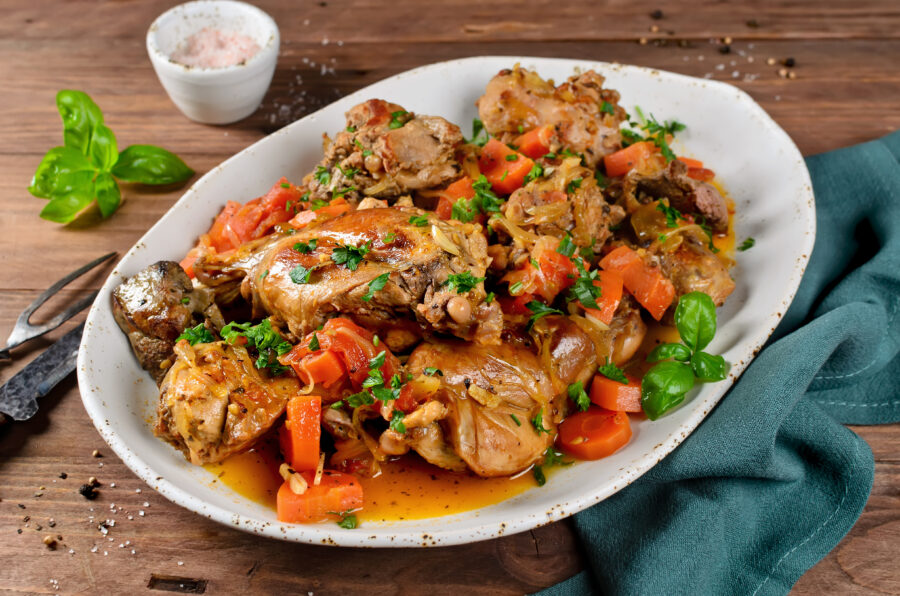
Rabbit stew is actually in the official Game of Thrones cookbook. The recipe also calls for onions and carrots, as well as nutmeg, cloves, and ginger.
There are different types of rabbit stew that are prepared all around the world. They’ve all been around for quite some time. Medieval Europe is no exception.
Rabbit stew was written down in an English recipe book in the 14th century. It also features in a 13th century recipe book from France.
Dried Horse Jerky
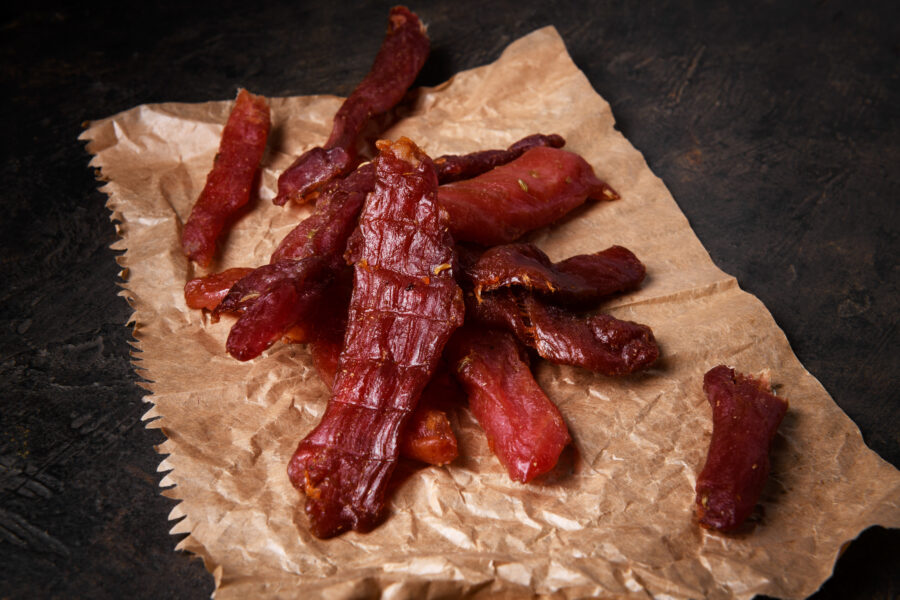
As we mentioned earlier, horse meat was often eaten by the Dothraki. Jerky was especially good for long journeys, since dried meat lasts longer.
We know that people in medieval Europe weren’t fond of horse meat, but what about jerky? Is there a type of medieval Slim Jim we don’t know about?
Apparently, jerky has its origins far away from Europe. While many cultures have dried meat, modern jerky traces its roots back to Peru, with the Quechua people.
Roasted Boar
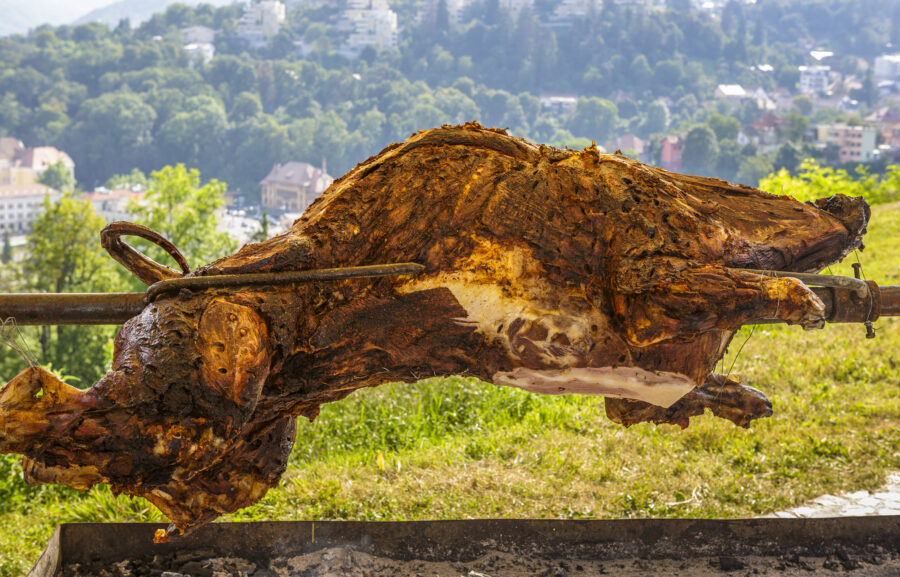
Boar is a popular animal to hunt in Westeros and is just as popular to eat. After King Robert dies, roasted boar is eaten at his funeral feast.
In A Clash of Kings, Cersei says it tasted like triumph, but the taste was probably closer to pork. Pig roasts precede the Middle Ages.
Spit roasts were (and are) commonly used. The boar’s head was reserved for the honored guest. This practice (in western Europe) has its roots in the Saxon tradition.
Mutton Stew
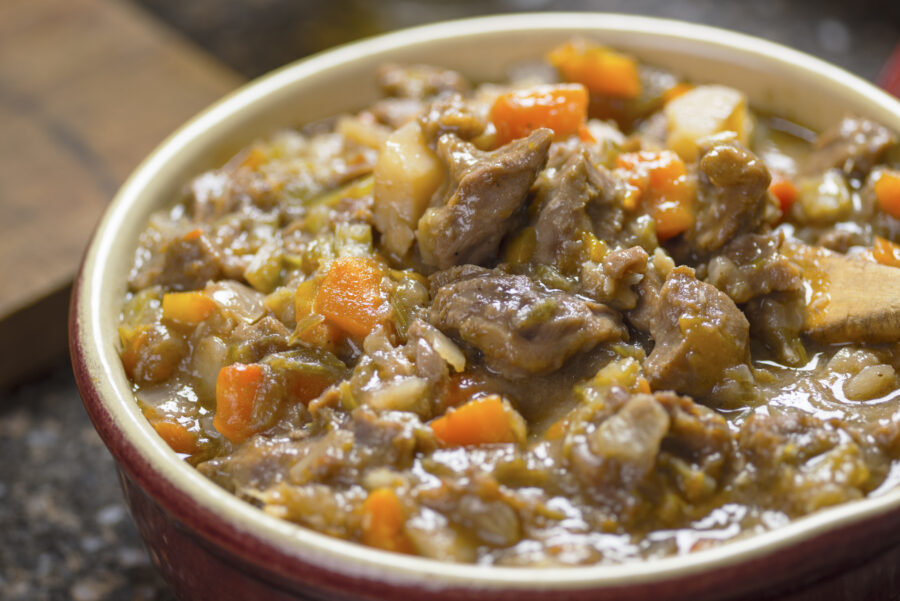
Yet another stew. Are you really all that surprised? In Game of Thrones, Tywin offers this to Arya when she’s in disguise, because he dislikes mutton.
Mutton refers to sheep meat, particularly that of an older sheep. No specific recipe was given in the show, but mutton was generally well-liked in medieval Europe.
As with most medieval meals, a mutton stew would include any combo of veggies you could think of. Peasants were largely illiterate, so they weren’t writing specific recipes.
Leg of Lamb
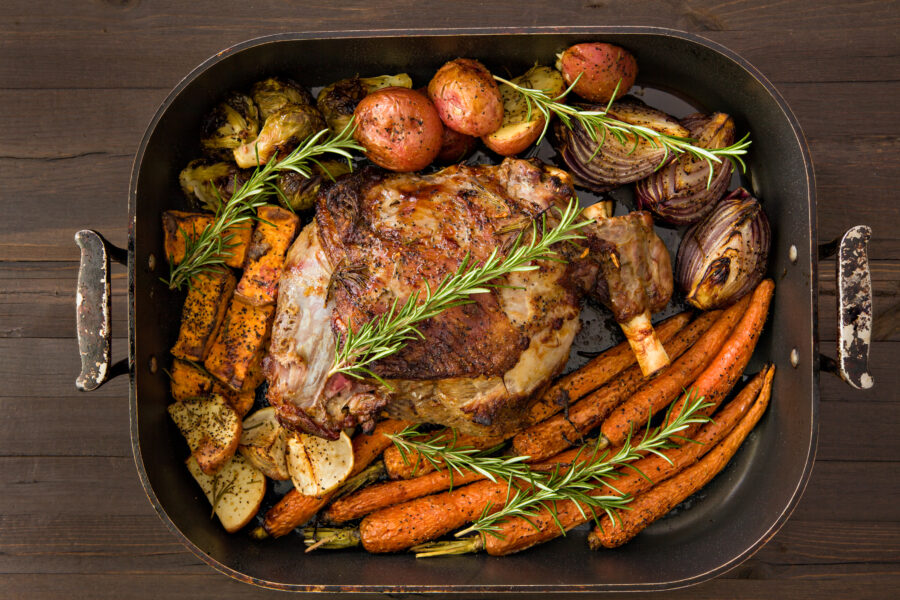
Leg of lamb actually gets a shoutout in A Clash of Kings. Sam says: “I’d like a leg of lamb…sauced with mint and honey and cloves.”
It doesn’t get better than that. As we said, people loved mutton, and mutton legs were eaten by both the upper and lower classes.
We don’t know if people in the Middle Ages used that particular sauce, but it’s not totally implausible. They did like their honey and cloves.
Goose Sauced with Mulberries
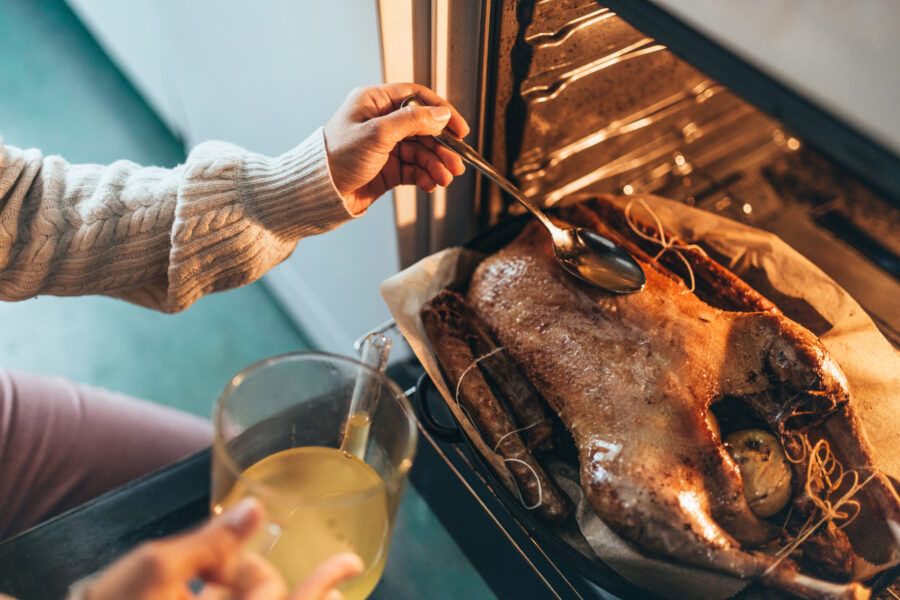
This meal was offered to Tyrion by Lady Tanda in A Clash of Kings. Goose meat was eaten in the Middle Ages, though it wasn’t an everyday thing.
We’re not surprised that medieval people liked to chow down on some goose — make use of whatever’s available, right? It’s not as bad as lamprey.
However, geese weren’t as commonly eaten as chickens, or even ducks. They did like to eat fattened goose around the holidays, especially the nobility.
Haunch of Goat
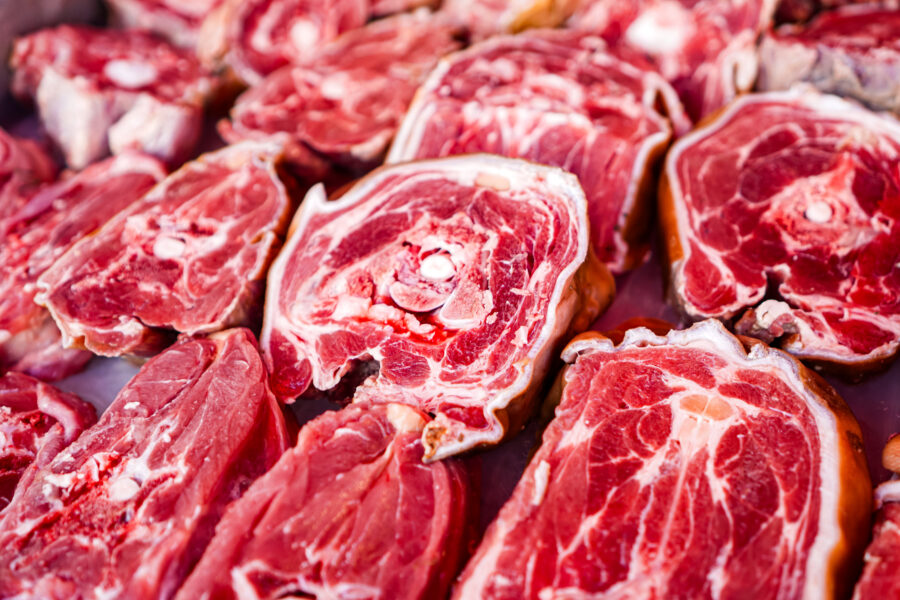
Okay, so eating goat isn’t all that weird. Not something you necessarily see every day, but not that out there. So, what is the haunch?
Well, it’s basically just another word for the rear end of the animal. This meal, seasoned with honey and firepods, is mentioned in A Storm of Swords.
As for medieval Europe’s stance on goat meat, it varied. It wasn’t commonly eaten, since goats were used more for their milk and wool, but some people did.
Cream of Mushroom and Escargot Soup
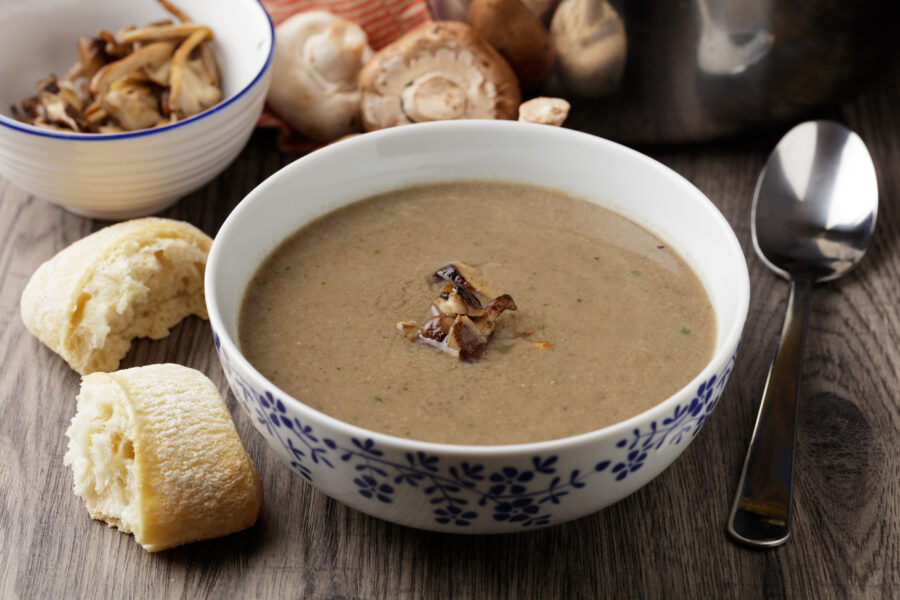
This soup was mentioned in A Storm of Swords and served to Tyrion. As you can gather from the name, it was described as creamy, with buttered snails.
Escargot is a French meal. It sounds gross on the surface to outsiders (like, who would want to eat a snail?), but it’s actually pretty good.
This particular soup seems like more of a Game of Thrones food. However, it’s not impossible that medieval people thought up this recipe IRL.
Ham with Cloves
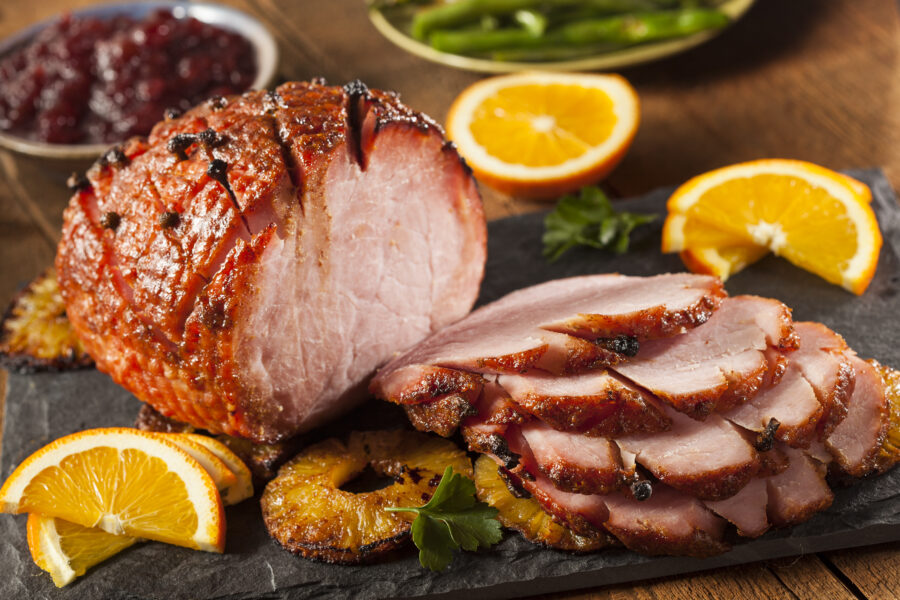
Ham with cloves was mentioned in A Feast for Crows. They served this meal to Cersei when there was no wild boar on hand.
It was not only served with cloves, but also with honey and dried cherries. These are all seasonings that were popular in medieval times, in addition to ham.
Cersei, upon being served this, admits that it’s not a meal she’d prefer, but we’d have to disagree with her on that. This sounds pretty good!

